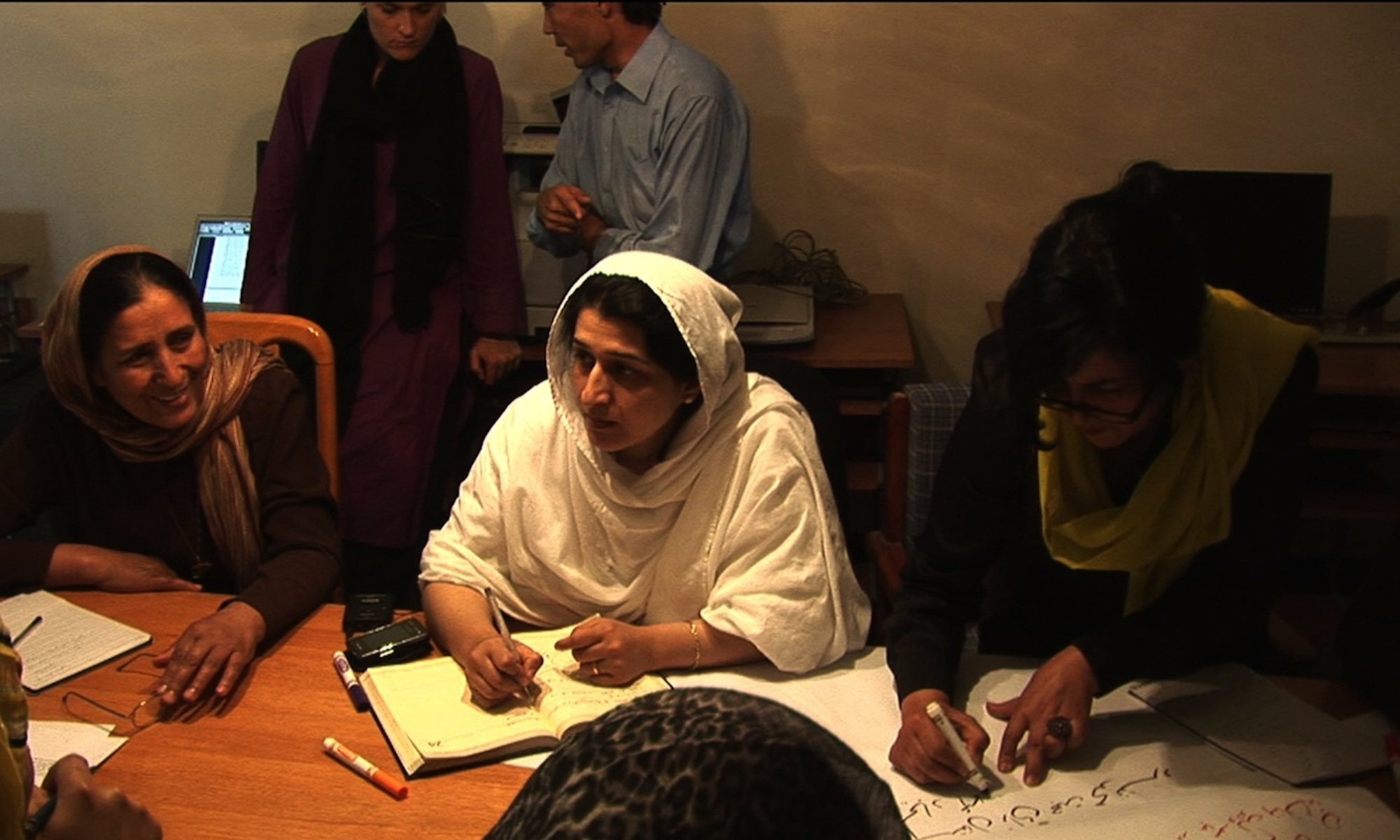This essay presents a theory of small arms demand and provides initial evidence from ongoing case studies in the Solomon Islands, Papua New Guinea, South Africa and Brazil. The theory revolves around the motivations and means to acquire arms, addressing issues such as contrasting acquirers and possessors and differentiating between acquirers and non-acquirers, consumers and producers, and final and intermediate demand. The essay also studies characteristics of small arms that make them so desirable as compared to other means of conducting violent conflict. The overall goal is to provide a theoretical framework and language that is common to a variety of social science approaches to the study of small arms use, misuse and abuse.
Context matters: interim stabilisation and second generation approaches to security promotion
The scale and ferocity of post-war violence regularly confounds the expectations of security and development specialists. When left unchecked, mutating violence can tip ‘fragile’ societies back into all out warfare. In the context of formal peace support operations, conventional security promotion efforts are routinely advanced to prevent this from happening. These include disarmament, demobilisation and reintegration (DDR) and wider security system/sector reform (SSR). There are also lesser known but no less important interventions to promote security that deviate from-but also potentially reinforce and enhance-DDR and SSR. Faced with dynamic post-war contexts, erstwhile warring parties, peace mediators and practitioners have crafted a host of innovative and experimental security promotion initiatives designed to mitigate risks and symptoms of post-war violence including interim stabilisation measures and second generation DDR. Drawing on a growing evidence base, the article sets out a host of contextual determinants that shape the character and effectiveness of security promotion on the ground. It then issues a typology of emergent practices-some that occur before, during and after DDR and SSR interventions. Taken together, they offer a fascinating new research agenda for those preoccupied with post-war security promotion.
Closing the Gap Between Peace Operations and Post-Conflict Insecurity: Towards a Violence Reduction Agenda
This article highlights how the instruments for addressing the presumed source(s) of armed violence need to be sharpened and extended to address the heterogeneous character of armed violence present in many post-conflict situations. These extensions require the development of practical armed violence prevention and reduction programmes that draw upon scholarship and practice from the criminal justice and public health sectors. The article argues that reducing organized violence and insecurity in post-conflict contexts requires responding to the wider dynamics of armed violence rather than focusing exclusively on insecurity directly connected to what are traditionally defined as armed conflict and post-conflict dynamics; and this requires attention not just to the instruments of violence, but also to the political and economic motives of agents and institutions implicated in violent exchanges at all levels of social interaction.
Security and Post-Conflict Reconstruction: Dealing with Fighters in the Aftermath of War
This book provides a critical analysis of the changing discourse and practice of post-conflict security-promoting interventions since the Cold War, such as disarmament, demobilization and reintegration (DDR), and security-sector reform (SSR). Although the international aid and security sectors exhibit an expanding appetite for peace-support operations in the 21st Century, the effectiveness of such interventions are largely untested. This book aims to fill this evidentiary gap and issues a challenge to ‘conventional’ approaches to security promotion as currently conceived by military and peace-keeping forces, drawing on cutting-edge statistical and qualitative findings from war-torn areas including Afghanistan, Timor Leste, Sudan, Uganda, Colombia and Haiti. By focusing on specific cases where the United Nations and others have sought to contain the (presumed) sources of post-conflict violence and insecurity, it lays out a new research agenda for measuring success or failure.
